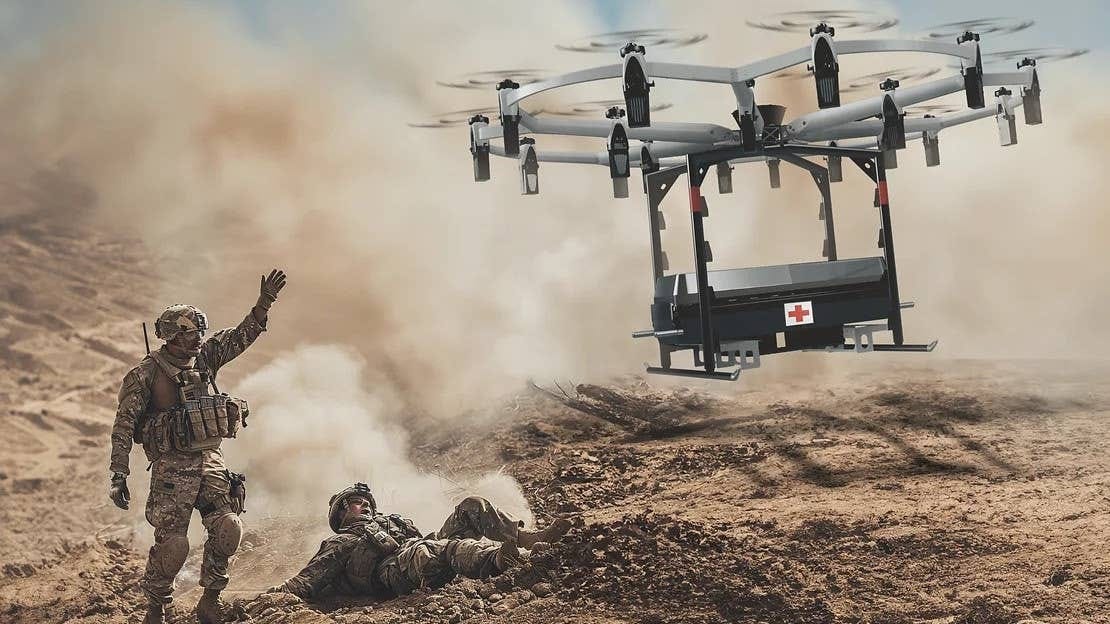U.S. Army looks at eVTOLs for battlefield casualty evacuation
Delivering casualties to care within 60 minutes significantly increases chances of survival. This window, known as the "Golden Hour", was almost never achieved during WW2 where the average time from injury to hospitalisation was 12 to 15 hours1. In more recent conflicts helicopters have significantly improved survival rates, evidenced in Afghanistan.
In 2009, Defense Secretary Robert Gates ordered troop leaders to improve the response time, and they did so by bringing in more transport helicopters. Less than 20% of the casualties had gotten to the hospital in the Golden Hour during the war’s initial years. After his directive, the number went up to 76%. [Source: Stars & Stripes]
Looking to the future, the U.S. Army is partnering with eVTOL manufacturer LIFT to assess the viability of eVTOL aircraft in CASEVAC missions2. Small autonomous aircraft could further improve survival rates with their relative low cost and ability to get into tight spaces without putting pilots at risk.

From the aviation insurer’s perspective, lessons learned from demanding military testing environments can often bring valuable insights to civil aviation. LIFT’s flagship aircraft is the HEXA, a single-seater eVTOL operated under Part 103 regulations in the U.S.3



